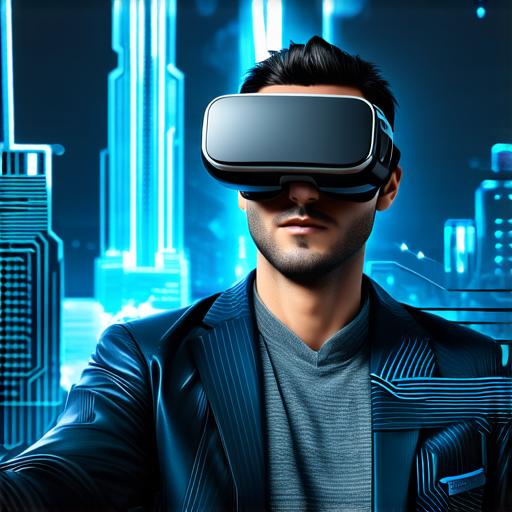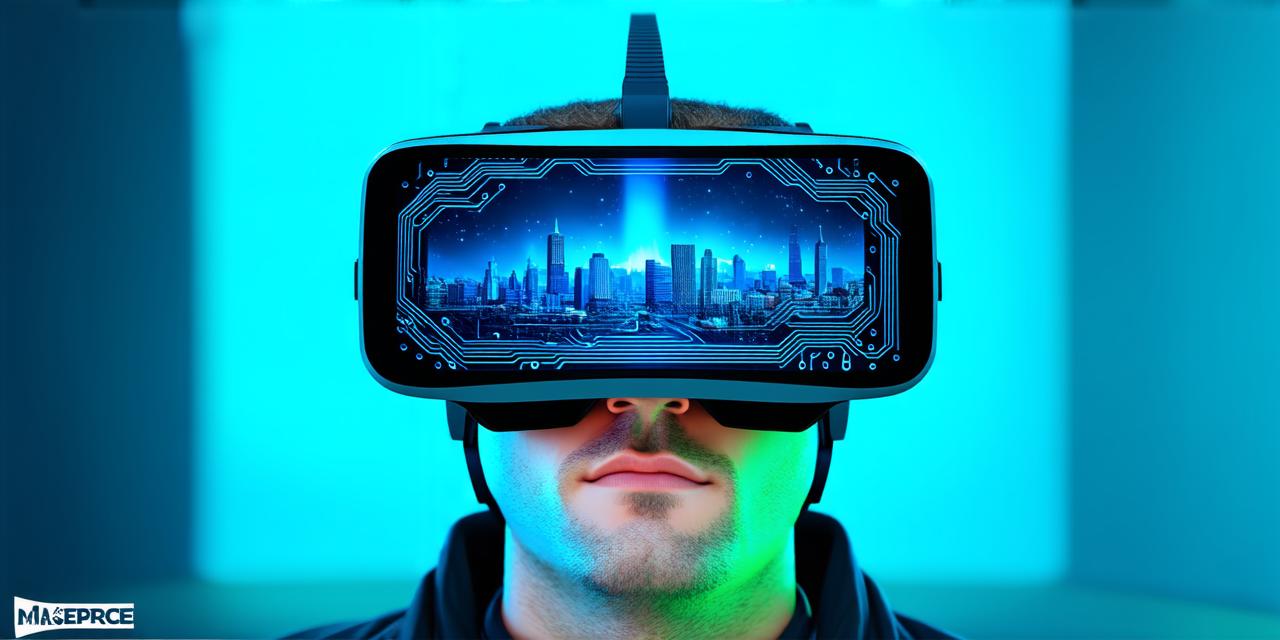The Advantages of Virtual Reality in Development
One of the main advantages of VR technology is its ability to create highly immersive experiences that can help users better understand complex concepts and ideas. This makes VR an ideal tool for education, training, and simulation applications.
Another benefit of VR is its ability to provide a safe and controlled environment for testing and experimentation. This makes it ideal for research and development applications where safety is a top priority.
Virtual reality can also be used to create more engaging and interactive user experiences in gaming and entertainment applications. With VR, users can feel like they are actually part of the game world, which can help increase engagement and reduce fatigue. This makes VR a popular choice for games that require a high level of skill or strategy, such as first-person shooters or racing games.
The Role of Virtual Reality in Development
Virtual reality technology is being used in various stages of the development process, from conceptualization to prototyping and testing. In the conceptualization phase, VR can be used to create 3D models and visualizations that help developers better understand the project requirements and design.
In the prototyping phase, VR can be used to create interactive prototypes that allow users to test and provide feedback on the design. In the testing phase, VR can be used to simulate real-world scenarios and test the performance of the system under different conditions.
Real-Life Examples of Virtual Reality in Development
One example of virtual reality being used in development is the game “Beat Saber” by Beat Games. The game uses VR technology to create an immersive experience that allows players to feel like they are part of the game world.
Another example is the use of VR in the medical field. For example, the company Medscape uses VR simulations to train medical students on surgical procedures. The simulations allow students to practice surgeries in a safe and controlled environment, which can help reduce the risk of errors and improve patient outcomes.
Summary
Virtual reality technology is rapidly evolving, and it’s already being used in various industries for development. The immersive nature of VR makes it an ideal tool for creating engaging user experiences, testing and refining designs, and simulating real-world scenarios. As the technology continues to advance, we can expect to see even more innovative uses of VR in development in the future.
FAQs
1. What are some of the benefits of using virtual reality in development?
Virtual reality can create highly immersive experiences that can help users better understand complex concepts and ideas. It can also provide a safe and controlled environment for testing and experimentation, making it ideal for research and development applications.
2. How is virtual reality used in the development process?
Virtual reality technology is being used in various stages of the development process, from conceptualization to prototyping and testing. In the conceptualization phase, VR can be used to create 3D models and visualizations that help developers better understand the project requirements and design. In the prototyping phase, VR can be used to create interactive prototypes that allow users to test and provide feedback on the design. In the testing phase, VR can be used to simulate real-world scenarios and test the performance of the system under different conditions.

3. What are some examples of virtual reality being used in development?
One example is the game “Beat Saber” by Beat Games, which uses VR technology to create an immersive experience that allows players to feel like they are part of the game world. Another example is the use of VR in the medical field, where it’s used for training medical students on surgical procedures.
4. What is the main advantage of using virtual reality in development?
The main advantage of using virtual reality in development is its ability to create highly immersive experiences that can help users better understand complex concepts and ideas.
5. How does virtual reality contribute to the testing phase of development?
Virtual reality contributes to the testing phase of development by allowing developers to simulate real-world scenarios and test the performance of the system under different conditions.
